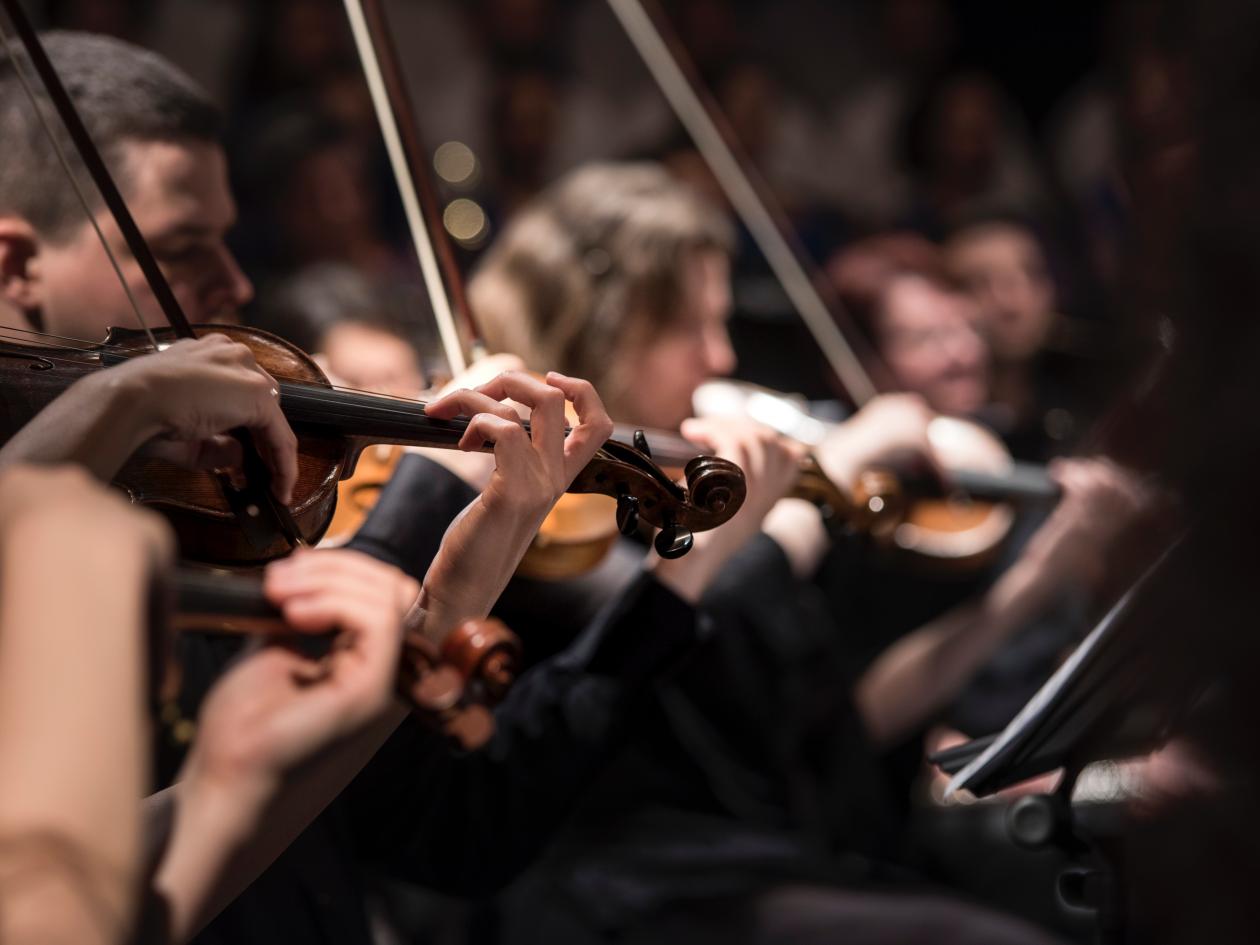We have an incentive to do so, too, because existing research (including a WHO report) suggests that it’s good for our mental health and wellbeing. Until now, though, it hasn’t been clear whether these benefits are linked to the arts or to other factors, such as socio-economic status, previous mental health, and personality.
We wanted to take these factors into account and examine the longitudinal association between arts, mental distress, mental health functioning and life satisfaction.
Confounding factors
We know that engaging with the arts can be related to the education level people have reached, their income, and whether they engaged with the arts as children. Personality is a factor, too – and all these things are associated with mental health. So, it’s possible that the link between the arts and mental health could actually be down to one or more of these other factors, rather than the arts themselves.
We addressed this by looking at Understanding Society data using fixed effects regression models, which allow us to control for other characteristics that people might have, and to focus purely on the arts engagement.
However, we also wanted to consider whether people who engage with the arts simply have healthier lifestyles – perhaps as a result of their socio-economic status – so we additionally controlled for health behaviours which are often associated with mental health. These include taking part in sport, whether they smoke and/or drink, and how much fruit and veg they eat. We also took into account how much their health might affect their activities, to try to capture health selectivity – whether people engaging with the arts are doing so because they’re already healthy.
Finally, in order to identify whether people who engage in the arts simply have stronger social ties and more frequent social contact, we also controlled for family support and friend support by looking at answers to questions about how much they felt they could rely on family and friends, and talk about their worries with them.
What kind of engagement?
We considered a set of arts activities, and the frequency with which people did them. There are two broad categories for arts engagement: one where you go to a concert, art gallery, cinema etc. – ‘cultural attendance’ – and one – ‘arts participation’ – where you actively take part in (for example) singing to an audience, playing an instrument, painting, writing, or crafting.
For cultural attendance, people are asked if they do these things
- never
- once or twice a year
- once a month
- once a week or more
With participation, there are five categories (‘once a week’, and ‘more than once a week’ are separated out).
The data
We used data from Waves 2 (2010-12) and 5 (2013-15) of Understanding Society, which included questions on arts participation and cultural events. Of 54,554 respondents in Wave 2, 37,389 were followed up in Wave 5, and 25,051 of these completed questionnaires on health and arts. Some had missing information, so our final sample size was 23,660 respondents.
We were particularly interested in their answers to:
- the GHQ-12 general health questionnaire, commonly used to assess mental health – this was our measure for mental distress
- the SF-12 short form health survey, widely used to measure quality of life, physical and mental health – our measure for mental functioning
- a question which specifically asks people to rate their life satisfaction from 1 to 7.
What we found
Our results showed that people who engaged in the arts frequently had lower levels of mental distress and higher levels of mental functioning and life satisfaction than those who engaged infrequently.
Interestingly, we saw a difference between cultural attendance and arts participation when it came to their effects on mental functioning. Actively taking part in something creative was associated with significantly higher mental functioning, and this was true even when we took into account time-varying factors such as age and marital status. Cultural attendance – going to gallery or other event – was also associated with better mental functioning, but this was lessened when we controlled for time-varying factors.
So, although any engagement with the arts is beneficial, it seems that being actively creative ourselves – whether that be in a group such as a choir, or at home, crafting – is better for us than watching someone else’s creativity at the theatre or concert hall, for example. However, both types of engagement are particularly good for life satisfaction – and the association is still there even for less frequent cultural attendance.
As we said at the beginning, this all echoes previous research, but we’ve been able to show that the relationship between the arts and different aspects of our mental health is independent of other factors in our lives. The benefits of the arts shown in this study is perhaps particularly relevant amid the Covid-19 pandemic, and underpins the importance of the government’s arts rescue package.
We’d like to see more large-scale studies which explore the potential of arts interventions as a public health strategy to help promote mental health and wellbeing.
Read the original paper in BMC Public Health
Authors

Karen Mak
Karen is a Research Fellow in Quantitative Social Science in Behavioural Science and Health at UCL

Daisy Fancourt
Daisy is Associate Professor of Behavioural Science and Health at UCL





